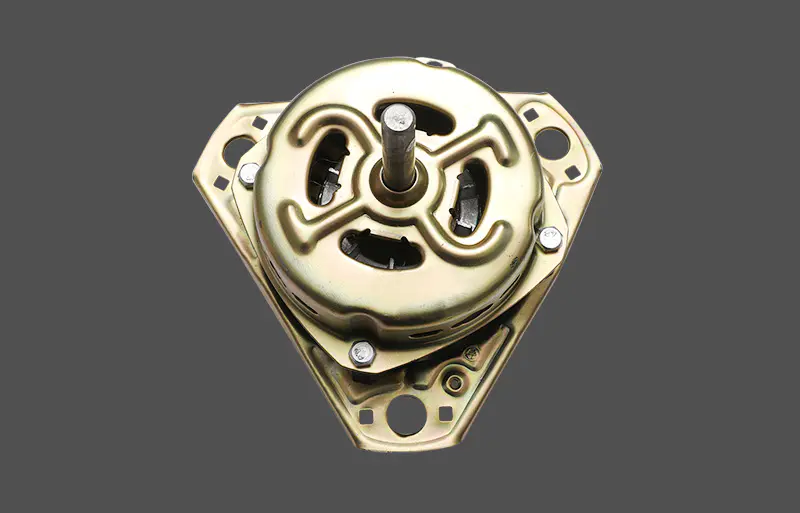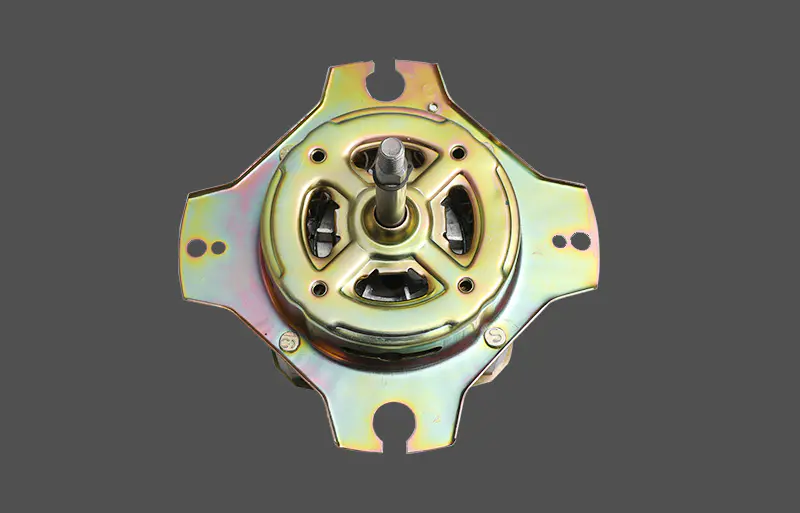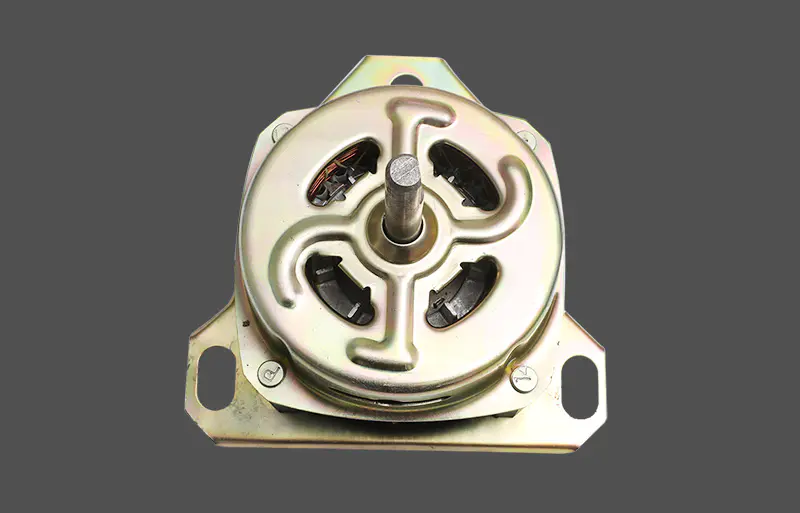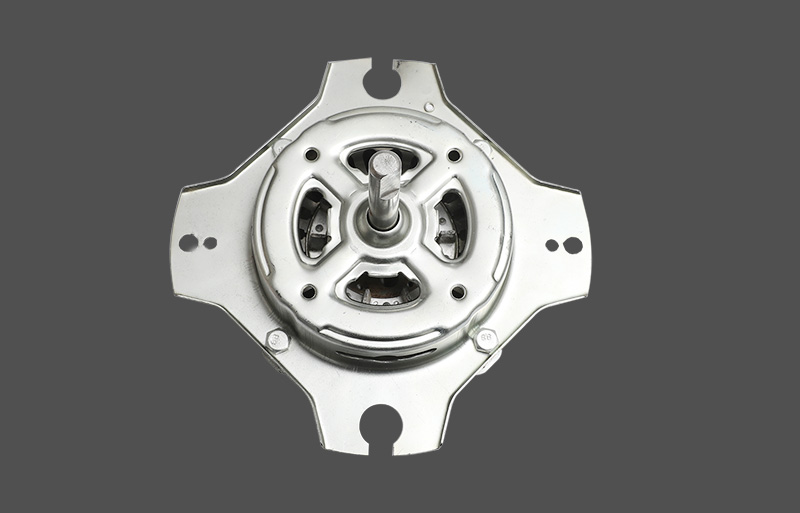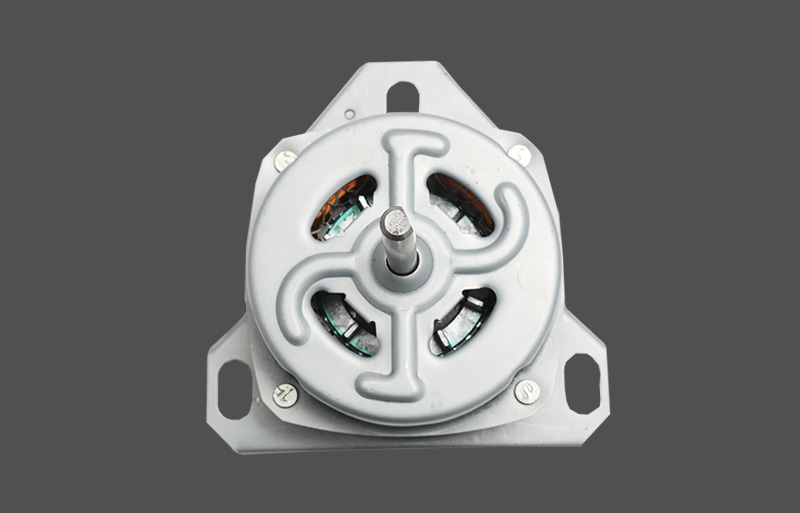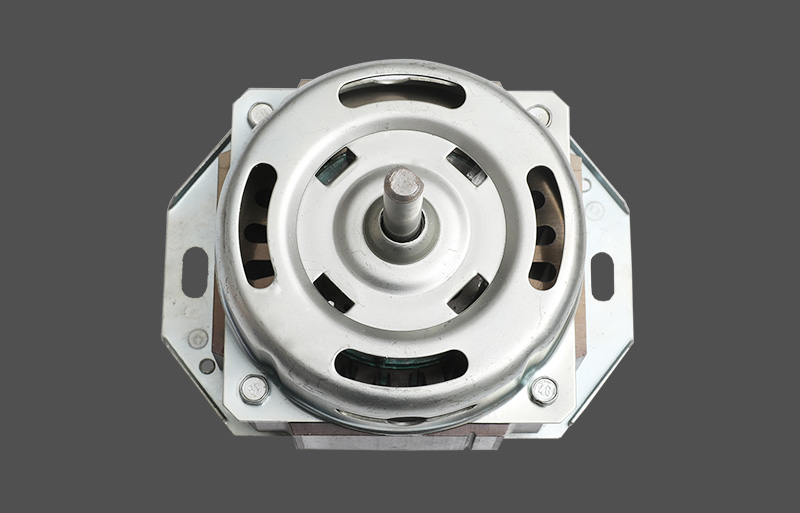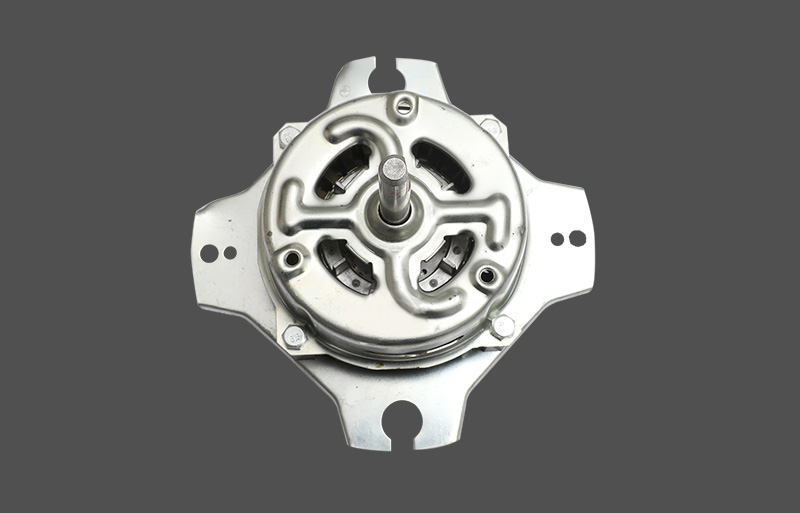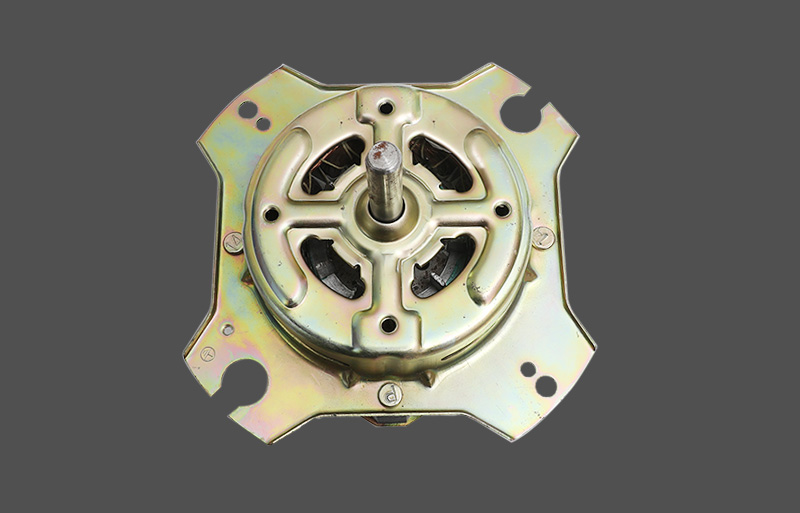Washing machine motors can be one of the most problematic components of this household appliance. After the motor, other common problems can include drainage, electrical, and drum issues. The washer motorXd-120 Wash Motor for Washing Machine is the central unit that drives the entire device. Without it, nothing would work. If there is a problem with your washer, there is a good chance it is sourced in or directly connected to the motor. The reason for this is that the motor provides power to the functioning internal elements of the washing machine. These include the agitator, gearbox, pump, and clutch.
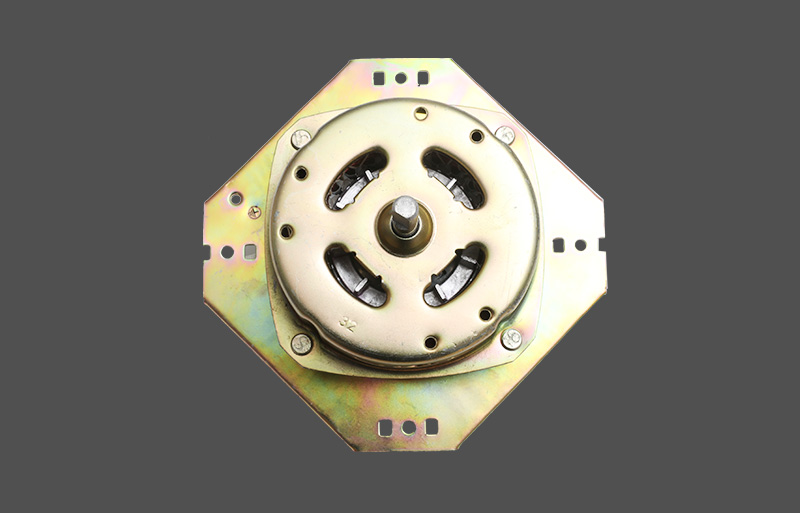
If the motor goes out, everything else will fail to function. The five most common signs of motor issues are listed below.
1. Washer Won't Pump or Spin
It may happen that the washing machine fails to pump water in and out, as well as spin. This could occur with the motor running, and if it doesn't, it is likely due to a failed lid switch. This switch is near the door frame, inside the washing machine. If defective, it needs to be replaced.
2. Pumps, but Won't Spin
Again, the lid switch could cause the washer to pump water, but not spin. Another possible cause is a broken coupler, the plastic or rubber connector that joins the shaft of the motor to the transmission. Replacement is the only option when it breaks down. Other possible culprits include a broken belt, a worn clutch, or a malfunctioning drive motor. Drive motors are designed to move in two directions. It can burn out moving in one direction while continuing to work going the other way. Unfortunately, the whole motor needs to be replaced if this fails.
3. Washer Won't Agitate
The agitator is designed to move the clothes around in the water before the spin cycle. If the washer doesn't agitate, the problem could be many of the same things: a faulty lid switch, the coupler on the motor, a worn belt or clutch, a failed drive motor or pulley, or the transmission. If the clutch has gone out, sometimes you will notice a black substance on the ground underneath the washer. This indicates that the clutch needs replacing.




